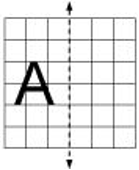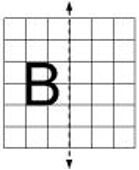- The letter M has ____ of symmetry.
(A) a horizontal line (B) a vertical line
(C) both vertical and horizontal lines (D) no
- In the figure below, the axis of symmetry is ____.

(A) line m (B) line l (C) line n (D) line p
- A circle has ____ of symmetry.
(A) only one line (B) three lines (C)infinite lines (D)two lines
- Which of the following figures has a vertical line of symmetry?
| (A |  |
(B)
|
 |
| (C) |  |
(D) |  |
- If m is the line of symmetry of the figure below,

then which of the following figures reflects its completion?
| (A) |  |
(B)
|
 |
| (C) |  |
(D) |
- Which of the following figures is not symmetrical?
| (A) | 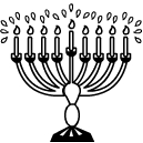 |
(B)
|
 |
| (C) | 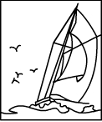 |
(D) |
- A rhombus has ____ of symmetry.
(A)only one line (B)two lines (C)three lines (D)four lines
- A kite shaped figure has ____ of symmetry.
(A)only one line (B)two lines (C)three lines (D)four lines
- If m is the line of symmetry of the figure below.
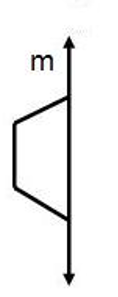
Then the figure after completion would look like ____.
| (A) | 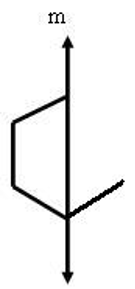 |
(B)
|
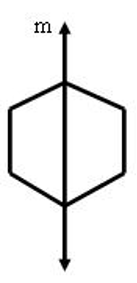 |
| (C) | 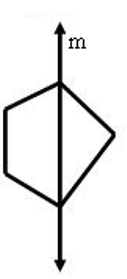 |
(D) | 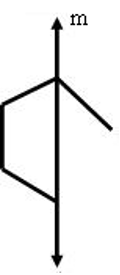 |
- Letter A has ____ line of symmetry.
(A)vertical (B)horizontal (C)both vertical and horizontal (D)no
- Letter F has ____ line of symmetry.
(A)vertical (B)horizontal (C)both vertical and horizontal(D)no
- Letter J has ____ line of symmetry.
(A)vertical (B)horizontal (C)both vertical and horizontal(D)no
- Letter W has ____ line of symmetry.
(A)no (B)horizontal
(C)vertical (D)both vertical and horizontal
- The number of lines of symmetry the figure below is ____.

(A)4 (B)3 (C)2 (D)1
- The number of lines of symmetry the figure below is ____.

(A)2 (B)4 (C)0 (D)1
- Mirror Symmetry
The line of symmetry is related to mirror reflection. An object and its mirror image are equal in shape and size.
Mirror line
An object and its image are always at the same distance from the surface of a mirror, which is called the mirror line.
The left and the right sides of an object appear inverted in a mirror. An object and its image show mirror symmetry, with the mirror line being the line of symmetry. A kaleidoscope uses mirrors to produce images that have several lines of symmetry
Letters written from right to left, appear written from left to right in their mirror image. The letters A, H, I, M, O, T, U, V, W, X and Y appear the same in their mirror image.
All the other letters of the alphabet appear reversed in their mirror image. Symmetry has plenty of applications in real life, as in art, architecture, textile designing, geometrical reasoning, kolams, rangoli, etc.
- The mirror image of the letter I looks like ____.
(A)I (B)J (C)L (D)T
- When you look into the mirror and raise your right hand, then you feel that in the mirror you have raised your left hand.
(A) True (B) False
- If an angle AOB measuring 80° is reflected in a mirror, then the angle of the reflected image is ____.
(A) 80° (B) 40° (C) 120° (D) 60°
- The diagram representing the letter C and it mirror image is ____.
| (A) | 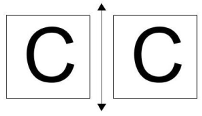 |
(B)
|
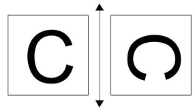 |
| (C) | 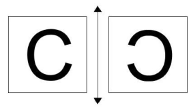 |
(D) | 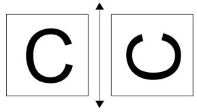 |
- The diagram representing the letter A and it mirror image is ____.
| (A) |  |
(B)
|
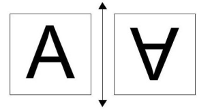 |
| (C) | 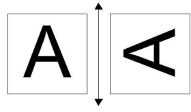 |
(D) | 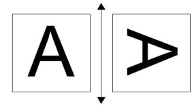 |
- If a line segment PQ of length 8 cm is reflected in a mirror, then the length of the reflected line segment is ____.
(A) 8 cm (B) 4 cm (C) 16 cm (D) 2 cm
- A toy is placed in front of a mirror at a distance of 80 cm from it, then the reflected image is formed at a distance of ____ cm from the mirror.
(A) 40 (B) 80 (C) 100 (D) 160
- When an object is reflected the corresponding length of the image ____ with respect to that of the object.
(A) increases (B) decreases (C) remains the same (D) doubles
- Which of the following letters look like the same after reflected in a mirror?
(A) A (B) C (C) G (D) E
- The mirror image of the figure below looks ____.
(A) smaller than the original (B) the same
(C) bigger than the original (D) as if its direction is changed
- The diagram representing the figure below and its mirror image is ____.
| (A) |  |
(B)
|
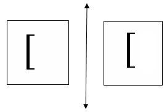 |
| (C) | 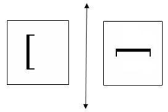 |
(D) | 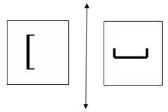 |
- The mirror image of which of the following letters looks like the original letter?
(A) D (B) X (C) B (D) S
- The mirror image of the letter Q looks ____.
(A) the same (B) smaller than the original
(C) as if the direction has changed (D) stretched
- The mirror image of the letter U looks ____.
(A) smaller than the original (B) bigger than the original
(C) the same (D) stretched
- The mirror image of the letter O looks ____.
(A) smaller than the original (B) bigger than the original
(C) stretched (D) the same
EXERCISE-13.1
- List any four symmetrical objects from your home or school.
- For the given figure, which one is the mirror line, ?
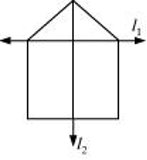
- Identify the shapes given below. Check whether they are symmetric or not. Draw the line of symmetry as well.
 |
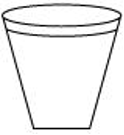 |
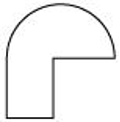 |
| (a) | (b) | (c) |
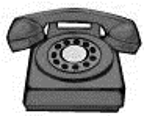 |
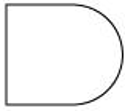 |
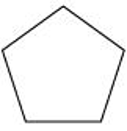 |
| (d) | (e) | (f) |
- Copy the following on a squared paper. A square paper is what you would have used in your arithmetic notebook in earlier classes. Then complete them such that the dotted line is the line of symmetry.
 |
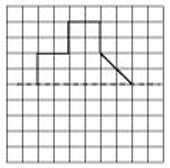 |
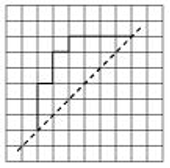 |
| (a) | (b) | (c) |
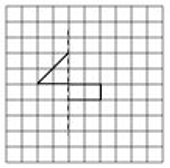 |
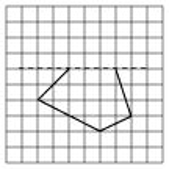 |
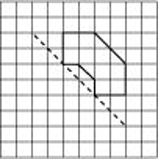 |
| (d) | (e) | (f) |
- In the figure, lis the line of symmetry.
Complete the diagram to make it symmetric.
- In figure, lis the line of symmetry.
Draw the image of the triangle and complete the diagram so that it becomes symmetric. 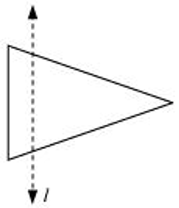
EXERCISE-13.2
- Find the number of lines of symmetry for each of the following shapes:
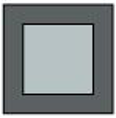 |
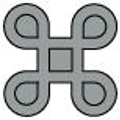 |
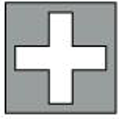 |
| (a) | (b) | (c) |
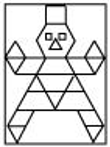 |
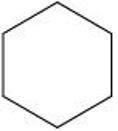 |
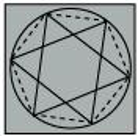 |
| (d) | (e) | (f) |
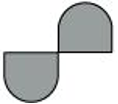 |
 |
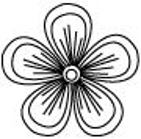 |
| (g) | (h) | (i) |
- Copy the triangle in each of the following figures on squared paper. In each case, draw the line(s) of symmetry, if any and identify the type of triangle. (Some of you may like to trace the figures and try paper-folding first!)
 |
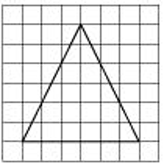 |
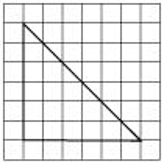 |
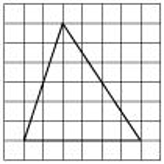 |
| (a) | (b) | (c) | (d) |
3 Complete the following table.
| Shape | Rough figure | Number of lines of symmetry |
| Equilateral triangle | 3 | |
| Square | – | – |
| Rectangle | – | – |
| Isosceles triangle | – | – |
| Rhombus | – | – |
| Circle | – | – |
- Can you draw a triangle which has
(a) exactly one line of symmetry?
(b) exactly two lines of symmetry?
(c) exactly three lines of symmetry?
(d) no lines of symmetry?
Sketch a rough figure in each case.
- On a squared paper, sketch the following:
(a) A triangle with a horizontal line of symmetry but no vertical line of symmetry.
(b) A quadrilateral with both horizontal and vertical lines of symmetry.
(c) A quadrilateral with a horizontal line of symmetry but no vertical line of symmetry.
(d) A hexagon with exactly two lines of symmetry.
(e) A hexagon with six lines of symmetry.
(Hint: It will be helpful if you first draw the lines of symmetry and then complete the figures.)
- Trace each figure and draw the lines of symmetry, if any:
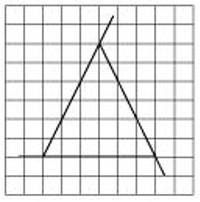 |
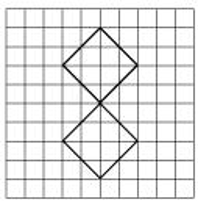 |
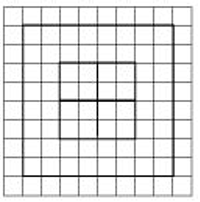 |
| (a) | (b) | (c) |
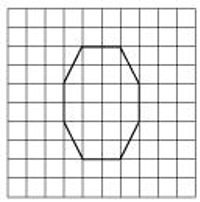 |
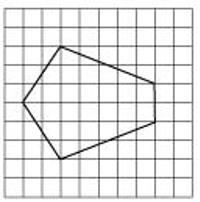 |
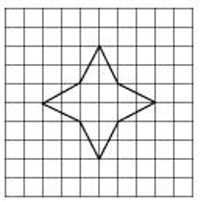 |
| (d) | (e) | (f) |
- Consider the letters of English alphabet, A to Z. List among them the letters which have
(a) vertical lines of symmetry (like A)
(b) horizontal lines of symmetry (like B)
(c) no lines of symmetry (like Q)
- Given here are figures of a few folded sheets and designs drawn about the fold. In each case, draw a rough diagram of the complete figure that would be seen when the design is cut off.
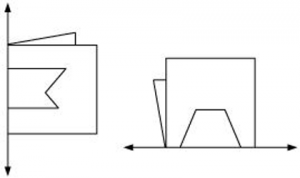
EXERCISE-13.3
- Find the number of lines of symmetry in each of the following shapes. How will you check your answers?
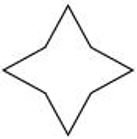 |
 |
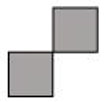 |
| (a) | (b) | (c) |
 |
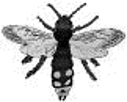 |
 |
| (d) | (e) | (f) |
- Copy the following drawing on squared paper. Complete each one of them such that the resulting figure has two dotted lines as two lines of symmetryHow did you go about completing the picture?
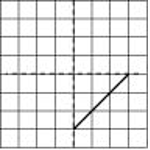
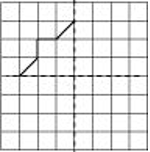
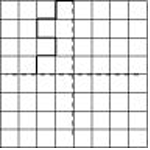
(a) (b) (c) 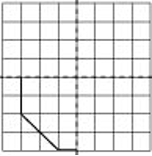
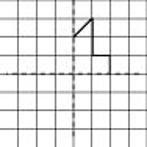
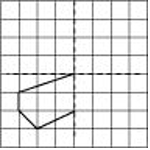
(d) (e) (f) - In each figure alongside, a letter of the alphabet is shown along with a vertical line. Take the mirror image of the letter in the given line. Find which letters look the same after reflection (i.e. which letters look the same in the image) and which do not. Can you guess why?
Try for